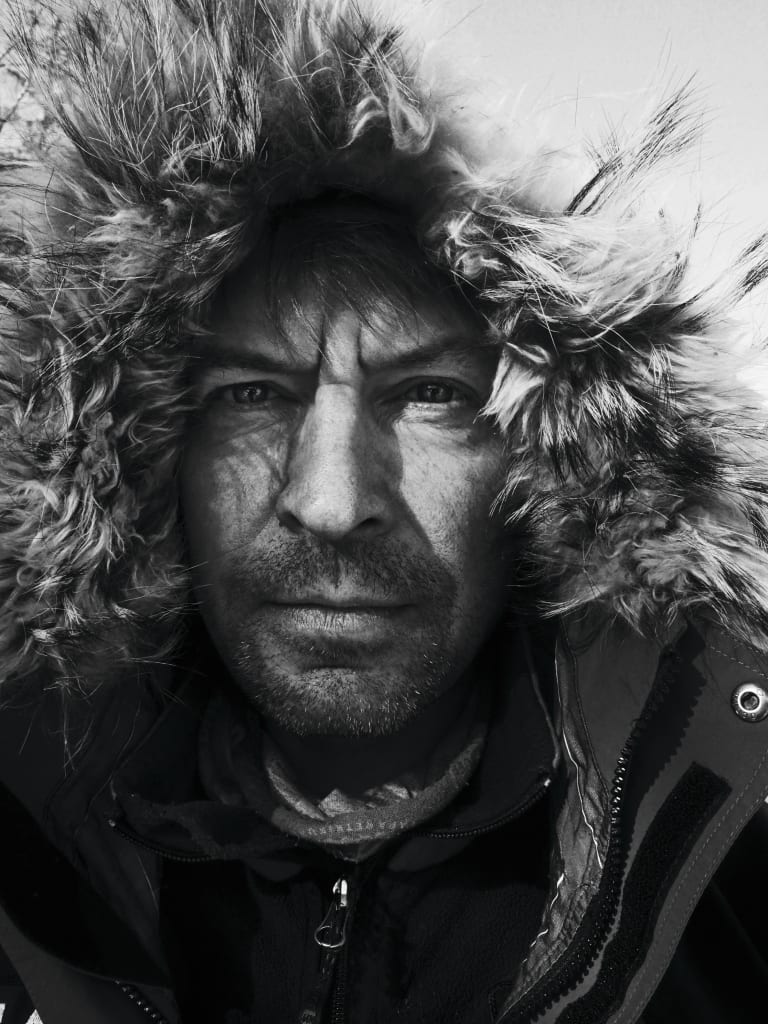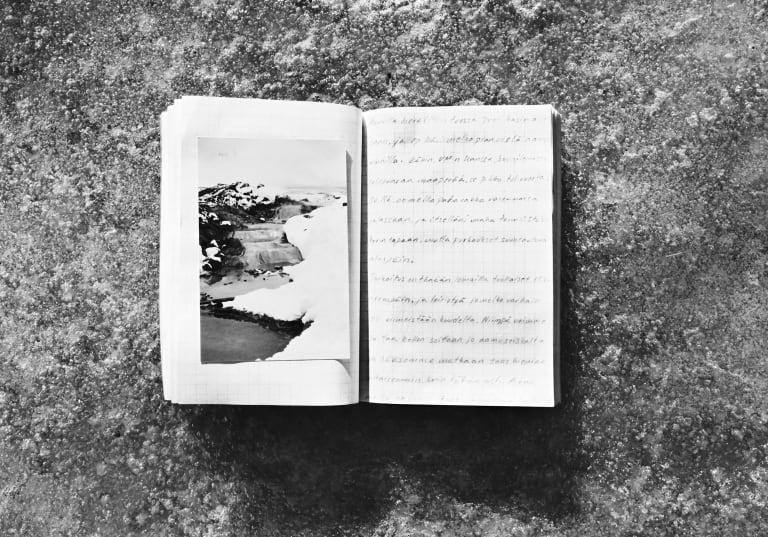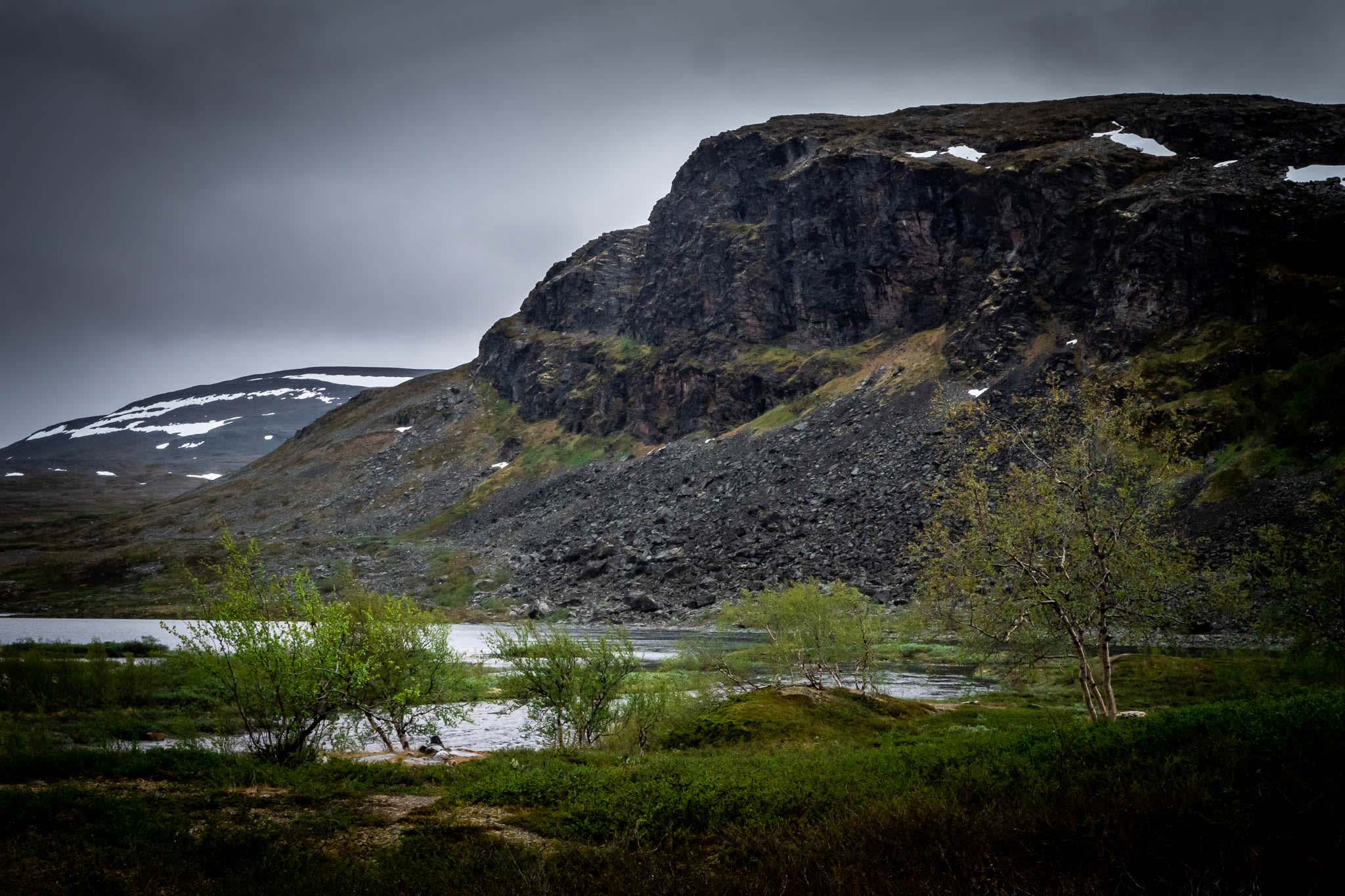The Finnish Arctic Club - a kind of a knowledge bank on arctic explorations
Petri “Pete” Mäkelä started exploring at the age of seven. Since then, he has graduated from walking in Nordic forests to skiing across glaciers. The former chairman of the Finnish Arctic Club talks about fear, loneliness and sharing a three square metre tent.
On danger
There’s no single object you can pack in your bag that could save your life when you’re on an expedition – it’s a question of your mind more than anything else. In 2003, we were skiing over a crevasse in Greenland. It was quite bad – snow bridges were collapsing under our skis and we didn’t know if we’d ever get out of there.
It took us two days to cross the crevasse. I was running on anger about the situation and the adrenaline kept me going. It’s always like that – the adrenaline pushes you and when you get out of a sticky situation you’re filled with a sense of calmness. Even though I trust my abilities, there’s always a small chance that something could go wrong. In the end, you just have to get out of the glaciers one way or another. You can’t really process the element of danger when you’re in the middle of an expedition.
On loneliness
Loneliness is misunderstood. In a city, one experiences loneliness brought about by other people – feelings of inadequacy that often lead to feeling lonely. I’m much lonelier at home or in a city than on an expedition. If you experience loneliness on a trip, it’s a sign that there’s something else happening in your mind that’s more related to fear.

Petri “Pete” Mäkelä started exploring at the age of seven.
You can also experience loneliness if you’re afraid of getting to know yourself – that’s what often hits you when you’re travelling. On an expedition, it’s easy to keep in touch with people at home with satellite phone connections and other modern amenities. Besides, feelings of longing are easy to rectify: on an expedition, the focus is on going forward and carrying on. That’s how you forget to miss anyone.
We have a two-way correspondence system set up for our travels, but we usually have a rule that we don’t send out bad news. We employ updaters, people through whom the messages get filtered. When we went to Greenland we decided we wouldn’t abandon our expedition even if anyone died. We knew that we wouldn’t be of any use if something happened at home and we wouldn’t make it back in time for funerals.
On travelling in company
When you’re travelling with someone else, you have to divide a three square metre tent into two. It’s actually surprisingly easy to turn a tent into a two-bed facility. I’ve mostly travelled with my friend Pete – we can go for hours without saying a word. Even when we are silent, we are fully present.
The easiest way to get over an expedition hangover is to start planning your next expedition.
I travelled across Greenland with him and although we were on the road for three months, we only had one verbal altercation – over a bag of sweets. We had visited an old research centre, found the bag, took it with us and posted a picture of it on our blog. Then we got an email saying we’d broken Greenlandic law and would be sued. We had a fight over whether we should apologise publicly or not. We ended up not apologising.
On "Expedition hangovers"
An expedition hangover is what hits you when you return home. It might take weeks or months to recover from it – some people take years. When you’re going through an expedition hangover, nothing feels exciting and your thoughts escape back to the simple landscapes you’ve left behind. People around you don’t seem to stop asking stupid questions and you feel like they wouldn’t understand even if you explained what you’d been through.
The easiest way to get over an expedition hangover is to start planning your next expedition. Relief can also be sought from long hikes in Lapland or sitting by the campfire with your travelling buddies – and, of course, the Finnish Arctic Club’s annual meeting every November.
On the Finnish Arctic Club
When I joined the Finnish Arctic Club in 2004, I had already skied across Greenland, yet I felt insignificant compared to the club’s great members. It felt like an honour to be a part of the community. I became the chairman of the club in 2008 and worked hard to activate it. Over the past few years, members of the club have been asked to participate in seminars as experts on the Arctic – it makes me proud.
The club’s mission is to disseminate knowledge about the Arctic – it’s a kind of a knowledge bank. Its aim is to collect expertise that could be important to those planning Arctic explorations. I feel like the work that the club does to promote knowledge of the geography, people and wildlife of the Arctic is extremely important in a time of constant change.




